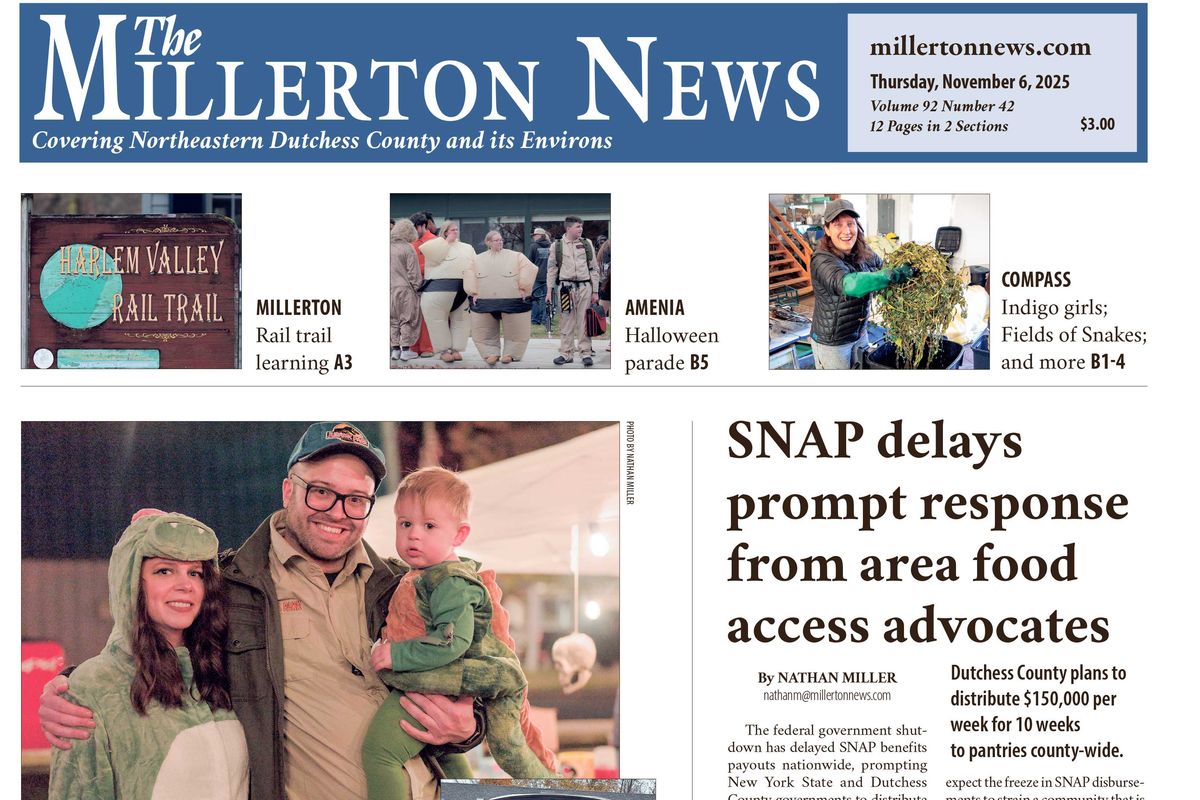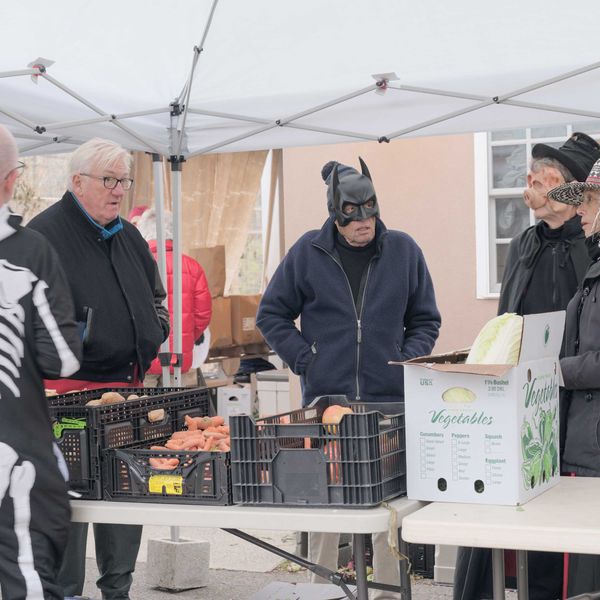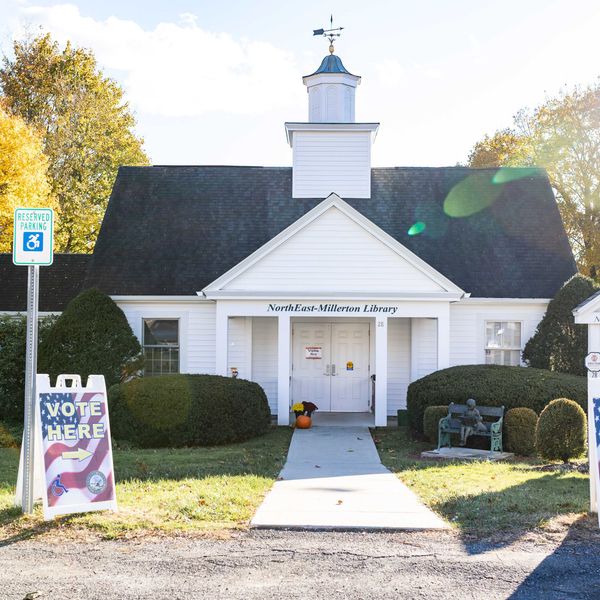Dealing with invasive species
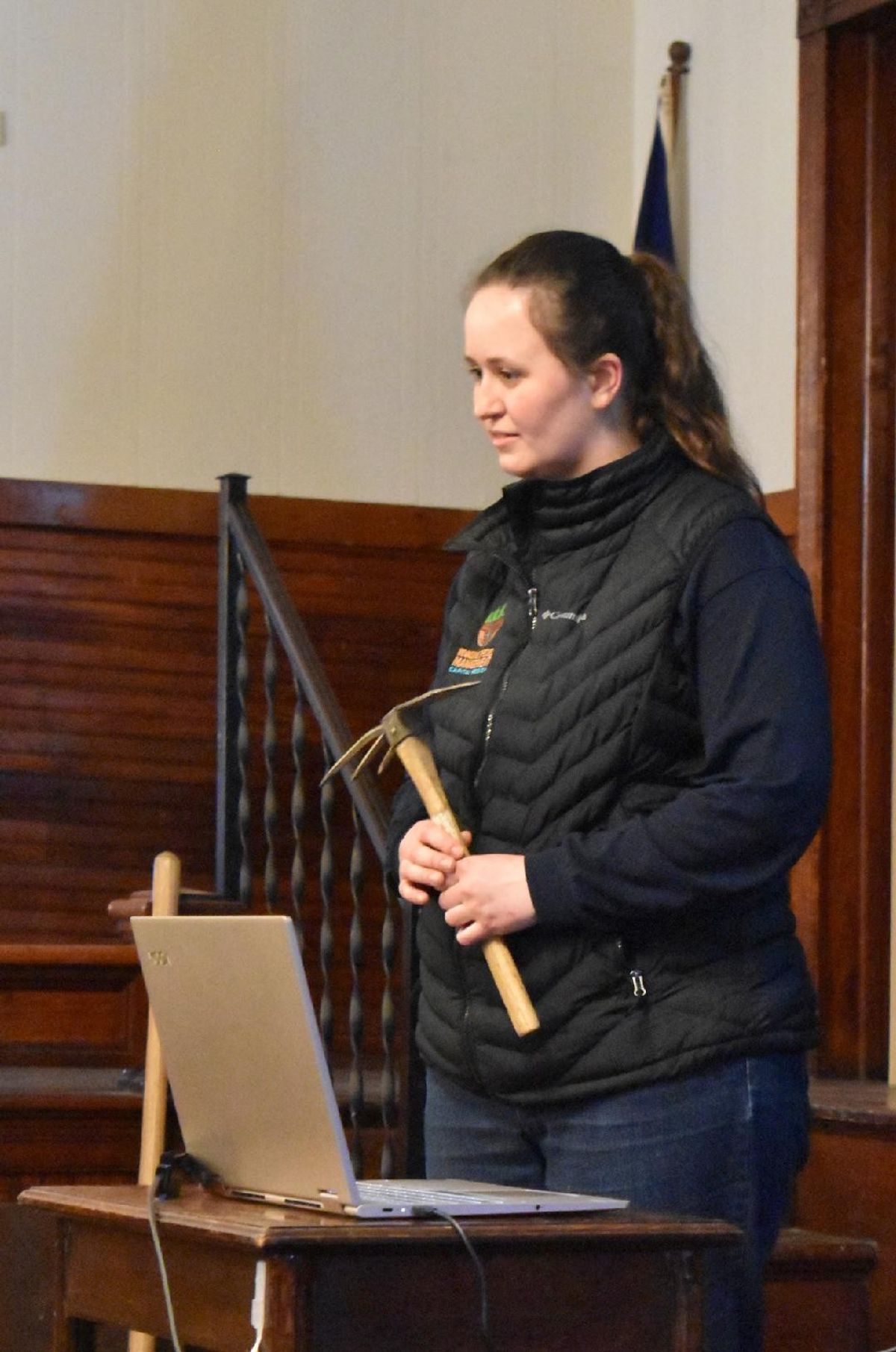
Sam Schultz, terrestrial invasive species coordinator with PRISM, is holding a tool she calls a “best friend” in the battle against invasives: the hand grubber. She was one of the presenters at the Copake Grange for a talk about invasive species Saturday, March 2.
L. Tomaino

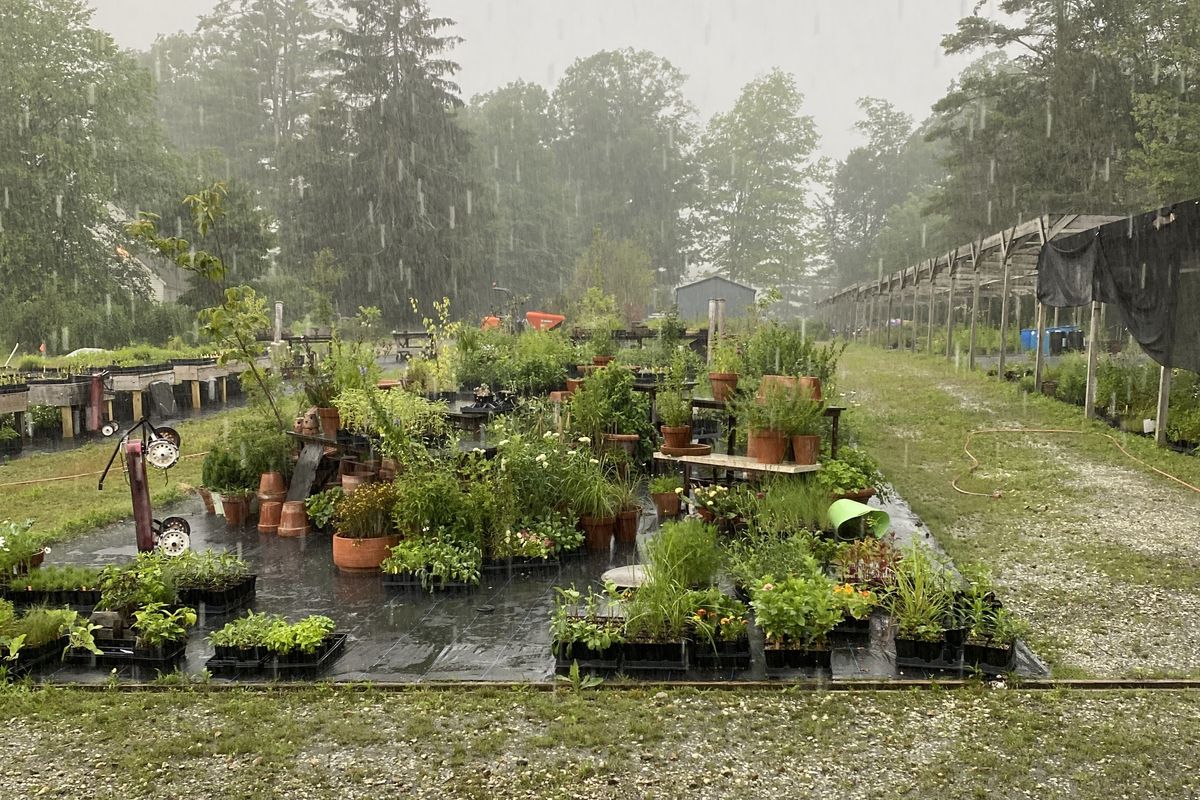
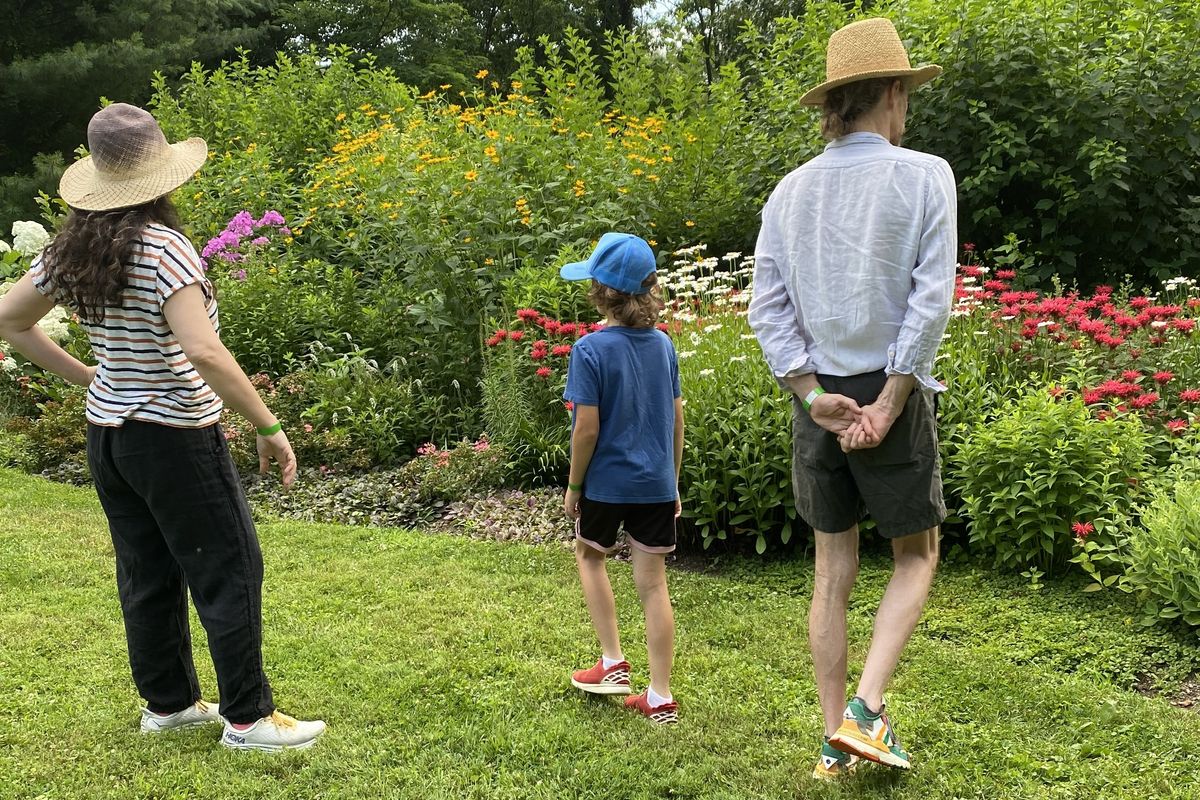
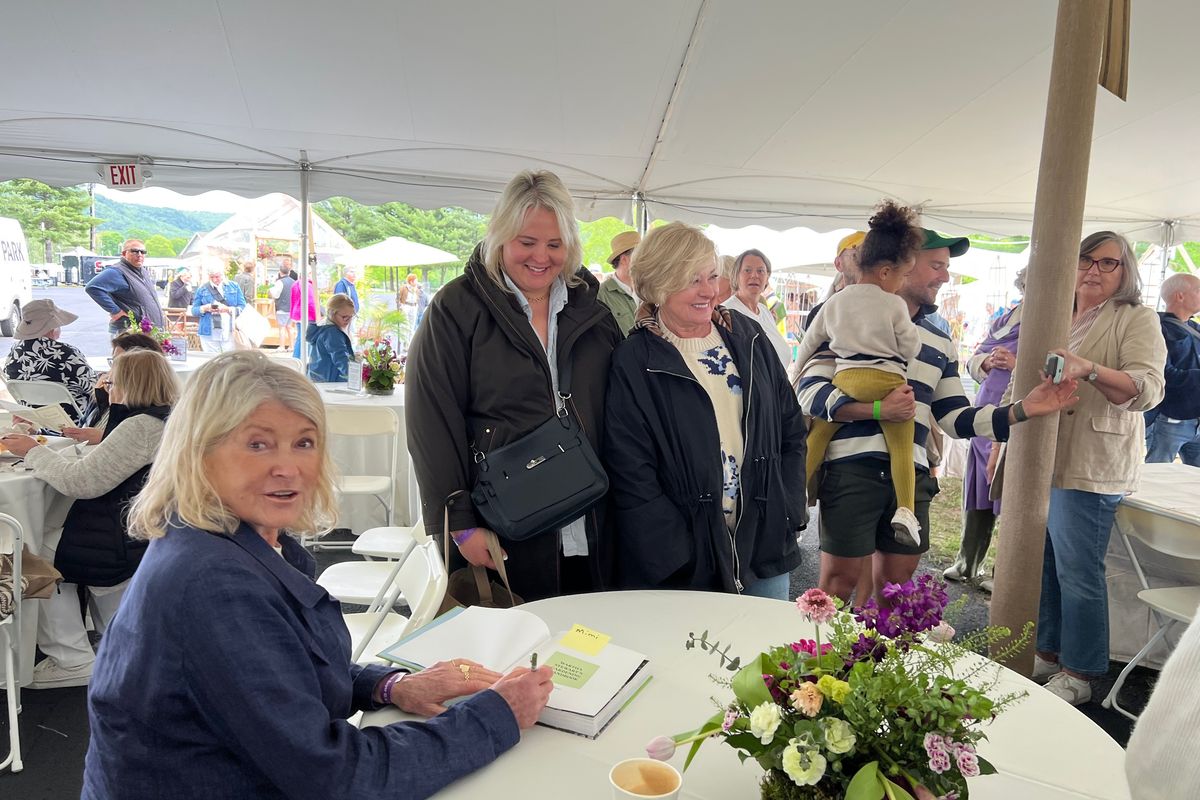
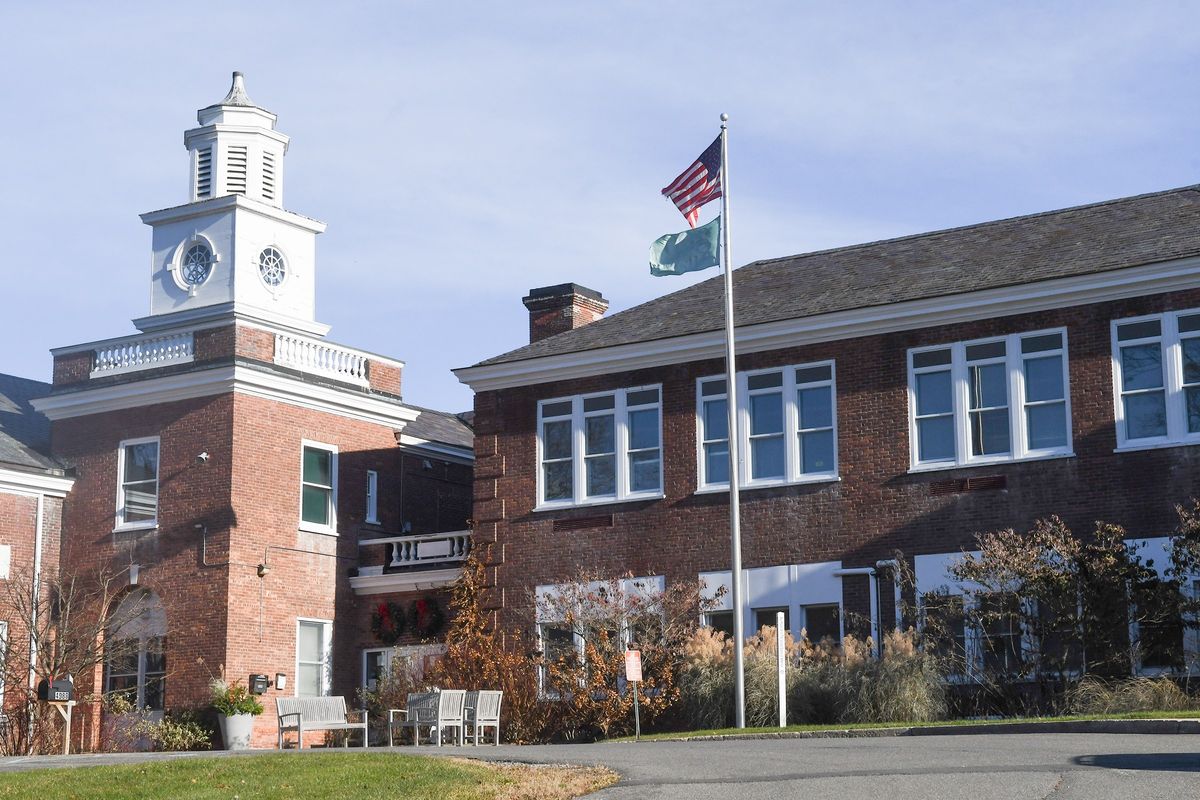
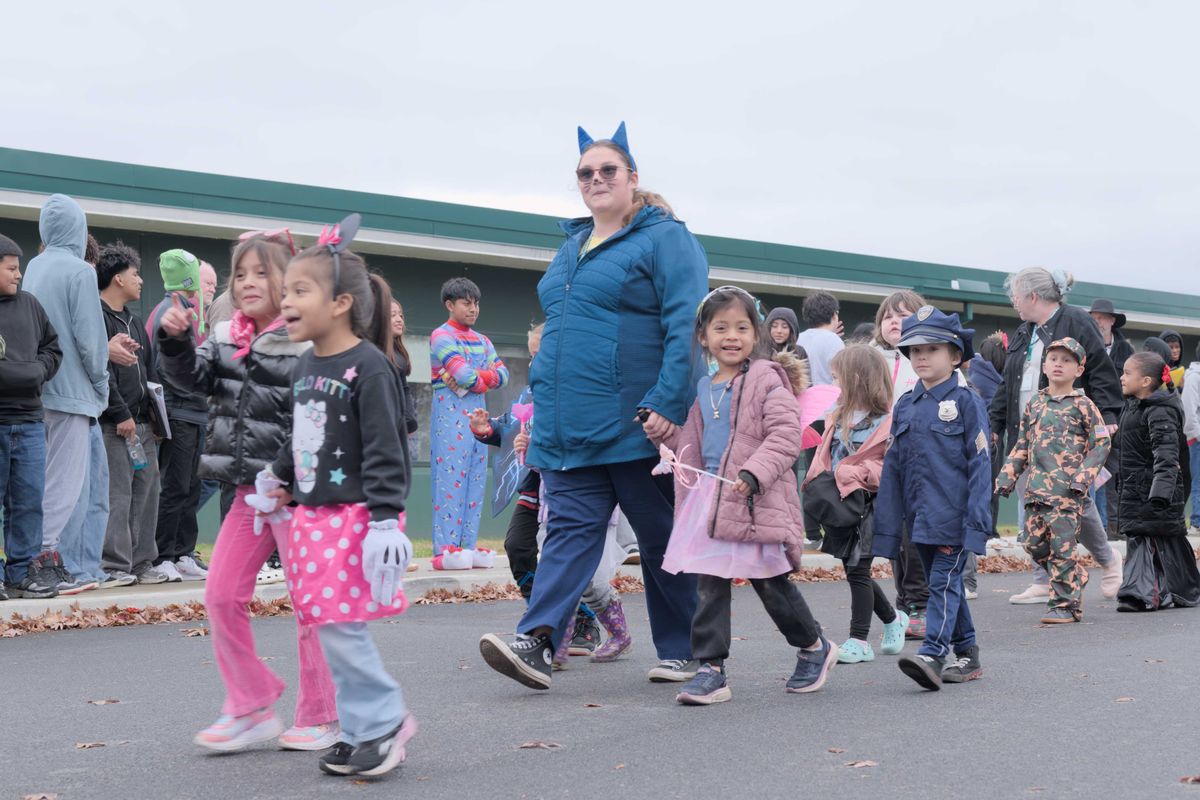
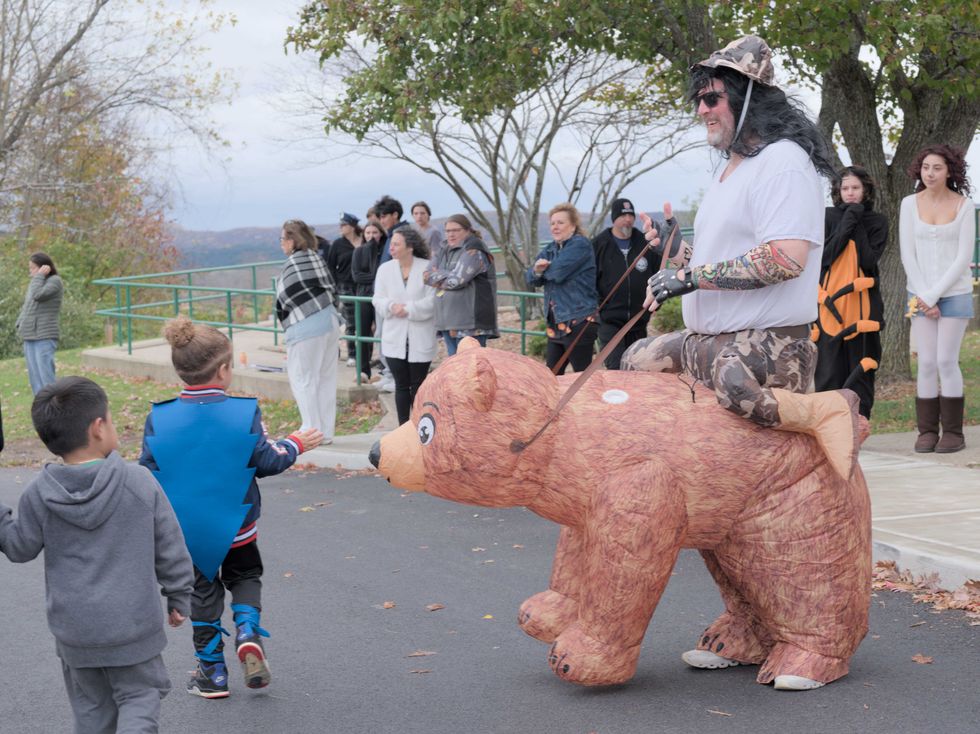 Webutuck High School social studies teacher Kevin Kleespies let students pet his bear steed as they passed.Nathan Miller
Webutuck High School social studies teacher Kevin Kleespies let students pet his bear steed as they passed.Nathan Miller